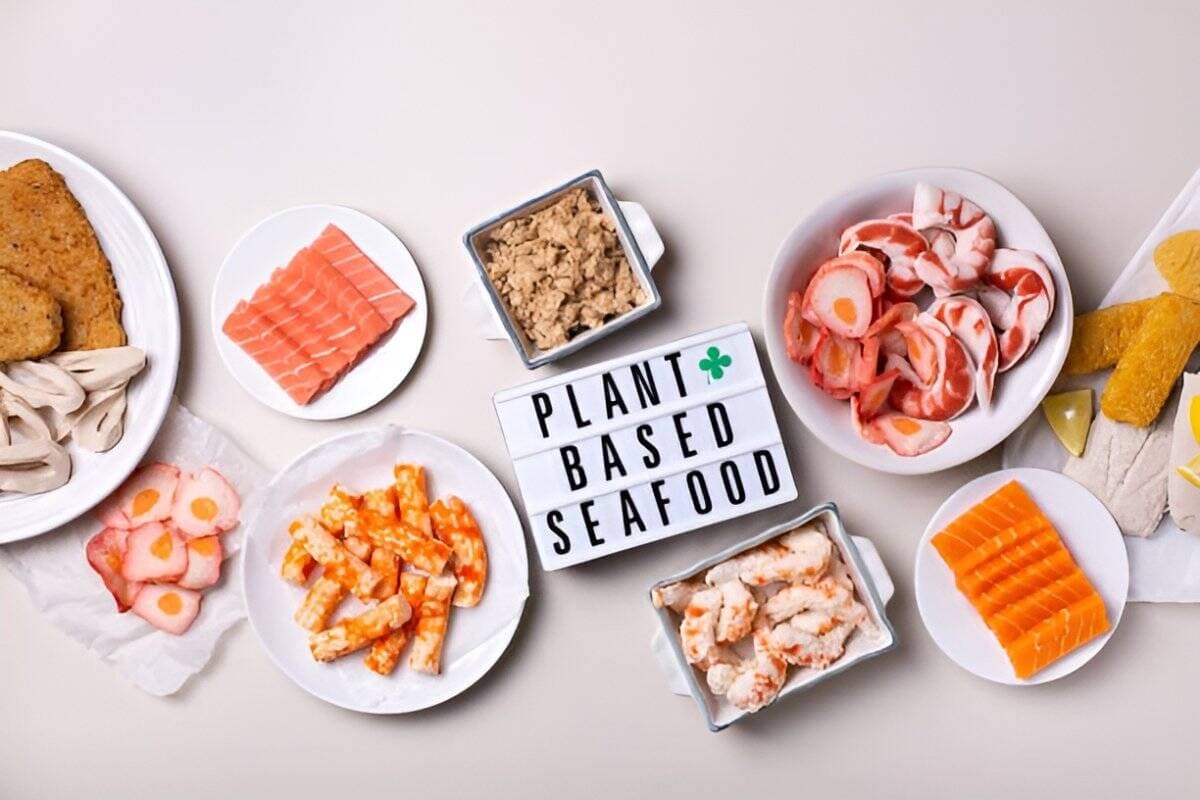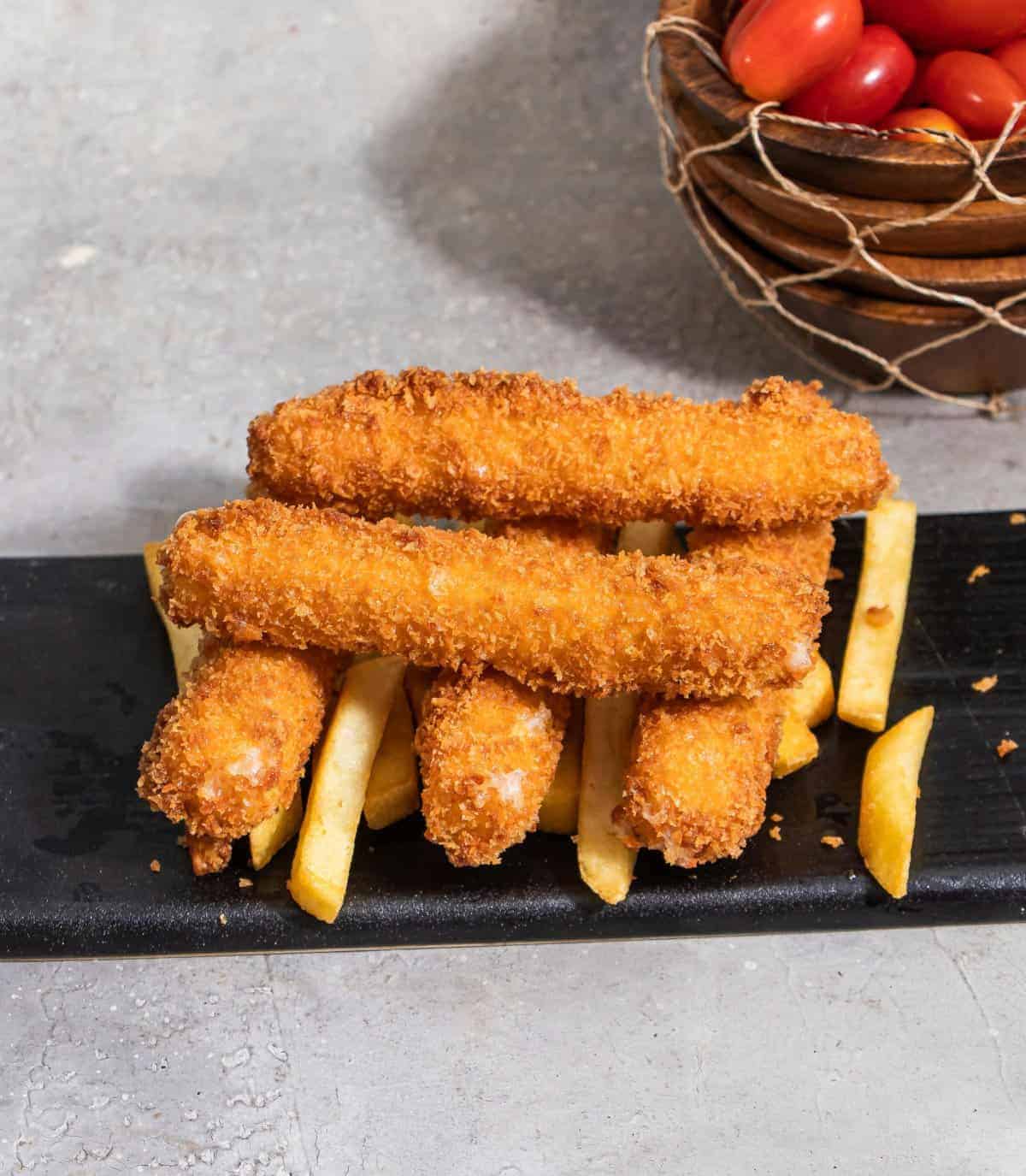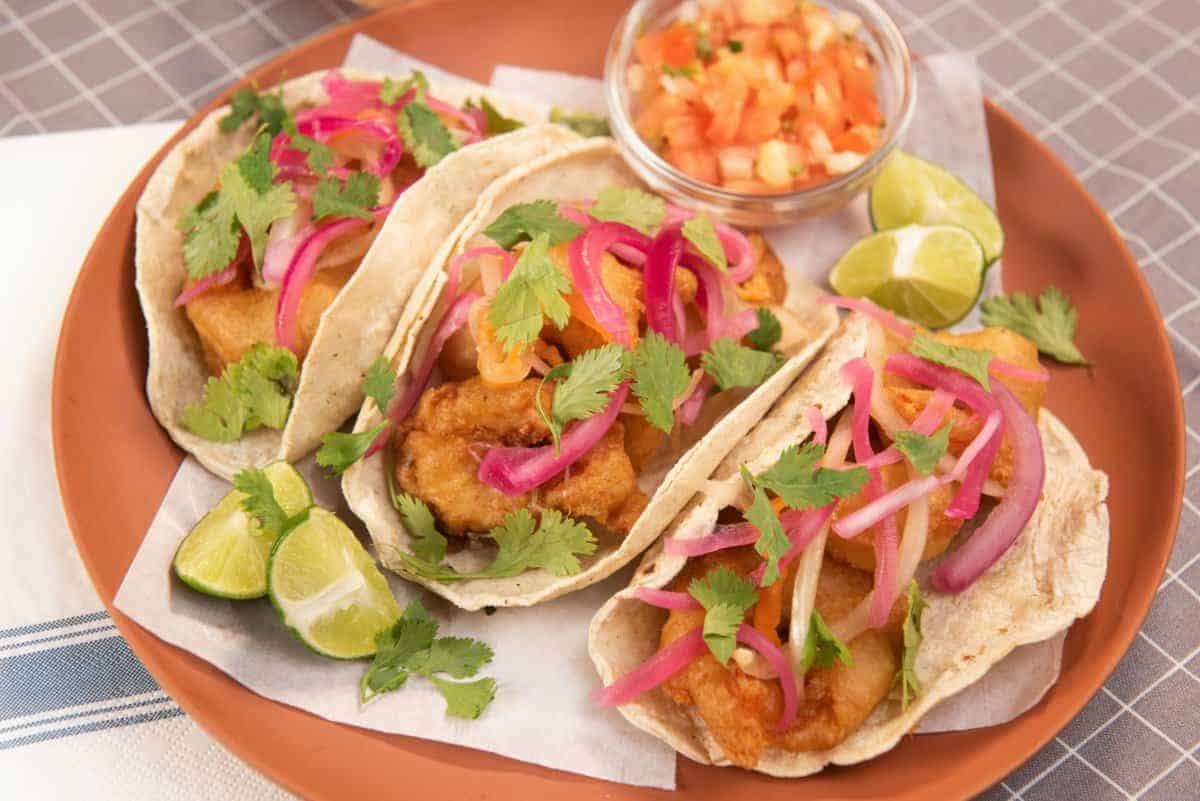Plant-Based Seafood: The Next Big Thing?
In recent years, plant-based foods have surged in popularity, captivating consumers searching for healthier and more sustainable options. While plant-based burgers and milks have become household staples, a new wave is emerging: seafood alternatives crafted from plants. This growing trend is fueled by environmental concerns, overfishing, and a desire for innovative culinary experiences. As more brands dive into this promising market, plant-based seafood is poised to redefine what ends up on our plates and how we think about ocean-friendly eating.
1. What Is Plant-Based Seafood?

Plant-based seafood refers to innovative products crafted to replicate the taste, texture, and visual appeal of fish and shellfish—without using any animal ingredients. Manufacturers harness ingredients such as soy, pea protein, seaweed, and legumes to recreate the delicate flakiness of fish fillets or the bounce of shrimp. While plant-based meats and dairy alternatives have paved the way, seafood presents unique challenges: capturing the subtle flavors of the ocean and the intricate textures of seafood is no small feat, pushing culinary science to new heights.
2. Sustainability Benefits

Switching to plant-based seafood offers significant environmental advantages. Unlike traditional fishing and aquaculture, these alternatives help reduce overfishing and protect vulnerable marine ecosystems. Plant-based production typically requires less water, energy, and results in lower carbon emissions. Brands like Good Catch and Sophie’s Kitchen are leading the way by highlighting their eco-friendly processes and commitment to ocean preservation. As more consumers seek sustainable choices, plant-based seafood presents a compelling solution for the planet.
3. Health Considerations

Plant-based seafood offers notable health benefits, especially when compared to conventional fish. These alternatives are typically free from mercury, microplastics, and lower in cholesterol, making them appealing for health-conscious consumers. Many products are fortified with plant-based omega-3s, often derived from algae—the same source fish use. Protein content is designed to rival that of real seafood, but it’s important to check labels: some processed options can be high in sodium or additives. Overall, plant-based seafood delivers a safer, more predictable nutritional profile.
4. Key Ingredients and Innovations

Crafting convincing plant-based seafood relies on a mix of plants and advanced food science. Common ingredients include soy, legumes, konjac root, and seaweed, which provide protein, texture, and oceanic flavors. Innovative technologies—like 3D printing and precision fermentation—help recreate the subtle layers and mouthfeel of fish and shellfish. Much like breakthroughs seen in plant-based burgers and cheeses, these methods push boundaries, bringing plant-based seafood closer in look and taste to traditional options, and making them more appealing to mainstream consumers.
5. Popular Products on the Market

The plant-based seafood aisle is quickly expanding, with options ranging from vegan tuna and fish sticks to plant-based shrimp and crab cakes. Notable brands like Good Catch, Ocean Hugger Foods, and Gardein are leading the charge, bringing creative products to stores and restaurants. While availability still lags behind the plant-based meat section, the growing variety signals that seafood alternatives are quickly gaining ground and attracting curious shoppers.
6. Taste and Texture Challenges

Replicating the delicate flavors and flaky textures of seafood remains a major hurdle for plant-based innovators. Consumer feedback from side-by-side taste tests often points to products being close, but not quite identical to the real thing. Achieving the subtle brininess and layered mouthfeel of fish takes extensive research and creativity. Food scientists are continually refining recipes, much like the early days of veggie burgers, with each new release edging closer to a truly authentic seafood experience that satisfies even the most discerning palates.
7. Culinary Versatility

One of the strengths of plant-based seafood is its culinary flexibility. These alternatives can be used in a diverse array of recipes—from sushi rolls and fish tacos to creamy chowders and poke bowls. Chefs are embracing these products, experimenting with flavor pairings and innovative presentations that rival traditional seafood dishes. As plant-based seafood gains traction, it’s finding its way onto menus at restaurants around the globe, giving diners exciting new options without compromising taste or creativity.
8. Consumer Reception and Trends

The market for plant-based seafood is growing rapidly, fueled by consumer curiosity and environmental awareness. Studies indicate that younger generations and eco-conscious shoppers are especially receptive, mirroring the early days of plant-based burgers and milks. Retailers and food service providers are responding, expanding their offerings as demand rises. While overall acceptance is still catching up to more familiar meat alternatives, the trend line is clear: plant-based seafood is becoming a staple for those seeking sustainable, innovative, and inclusive food choices.
9. Price and Accessibility

Currently, plant-based seafood tends to be priced higher than conventional fish and shellfish, mainly due to limited production scale and specialized ingredients. As the industry grows and technology advances, costs are expected to decrease, making these products more competitive. Brands and major retailers are working hard to improve accessibility through promotions, expanded distribution, and partnerships with restaurants. With increasing demand and investment, plant-based seafood is gradually moving from specialty aisles to mainstream grocery shelves, making it easier for more consumers to give it a try.
10. The Future of Plant-Based Seafood

The future of plant-based seafood is bright, with exciting advancements on the horizon. Expect improvements in taste, nutrition, and affordability as industry investment accelerates and food science evolves. Regulatory support and consumer education will play a crucial role in mainstream adoption. If the trajectory of plant-based meats and dairy is any indication, seafood alternatives are poised for rapid growth—potentially transforming how we source protein and protect our oceans for generations to come.
Conclusion

Plant-based seafood holds tremendous promise for a healthier, more sustainable future. While challenges remain in taste, texture, and price, continuous innovation is rapidly closing the gap with traditional seafood. These alternatives offer benefits for personal health, ocean conservation, and culinary creativity. As awareness grows and barriers fall, plant-based seafood could soon become a staple in kitchens and restaurants worldwide. Why not explore these options and be part of the next big wave in sustainable dining?
.article-content-img img { width: 100% }




